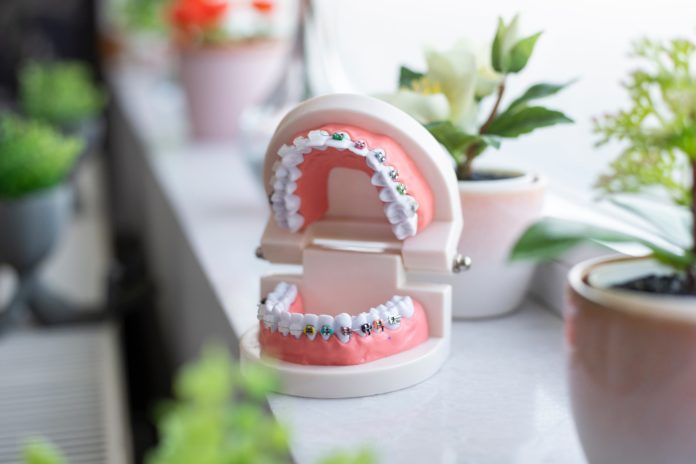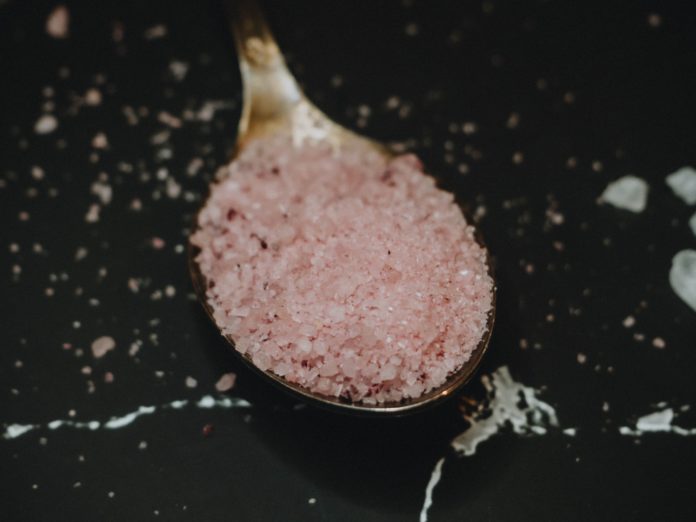Juice bars have popped up everywhere — in your neighborhood, your Whole Foods, even inside gyms and yoga studios.
Celebs and influencers often credit their body transformations and newfound energy to trendy juice cleanses.
When you see a rainbow of freshly pressed juice bottles, they practically scream “I’m so healthy! Drink me!”
But are they really? Does the juice have all the best nutrients? And how important is all the fleshy stuff that gets tossed away?
Let’s investigate!
What We Know
When we talk about juicing fruits and veggies, there are 3 major things to consider – antioxidants, fiber, and sugar content.
Antioxidants
It’s no secret that plant foods are packed with vitamins, minerals, and phytonutrients. Basically, all the essentials to keep our bodies functioning in tip-top shape.
They also combat the effects of oxidative stress, which can stress our cells and lead to premature aging and illness. It’s not surprising that diets rich in plant antioxidants are associated with less chronic disease.¹,²
The idea with juicing is that you can get WAY more health-protective antioxidants in a day than you’d be able to eat.³ Here’s an example of what goes into one 16 oz green juice:
½ bunch curly kale
½ large lemon
½ inch ginger
½ large cucumber
1 large granny smith apple
2 celery stalks
Yes, that could be the makings of a large kale salad you eat for lunch… or it could be the refreshing morning beverage you drink and still have room for that healthy salad later. Boom – you just doubled your antioxidants.
And research shows that juice antioxidants are just as protective against disease as their whole food counterparts.⁴,⁵
Fiber
Ok, now for one of the possible downsides…
One of the primary arguments against juicing is that it removes all of the fiber-rich pulp. And fiber, we know, is a must-have for good health:
💩 It supports gut health, “keeping things moving” and bulking up stool
🦠 Prebiotic fiber feeds the millions of probiotics of the gut microbiome
📉 Soluble fiber helps support healthy cholesterol levels
👄 It slows digestion, helping to control appetite
🩸 It supports healthy blood sugar levels, by slowing the release of a food’s natural sugars into the bloodstream
That last point is a big one in the great juice debate:
|
Fiber is the reason why whole fruits don’t cause blood sugar spikes (even though they contain fructose). |
Which brings us to our next point…
Sugar
Juices tend to have a higher sugar content than whole fruits and veggies. Mostly because it takes several servings of produce to make just one serving of juice. Here’s an example:
🍎 1 whole apple: 19 grams of sugar (4 grams of fiber)
🧃 1 cup fresh apple juice: 27 grams of sugar (0 grams of fiber)
Of course, you probably aren’t drinking juice boxes anymore…
And yes, green juices made with veggies will have a lower sugar content. BUT the premise is the same: more sugar, with less fiber, makes juice more likely to raise blood sugar levels.
That being said, given the nutritional benefits of 100% juices, they definitely don’t deserve to be lumped into the same category as other sugary drink offenders (like soda or anything sweetened with added sugars).⁶
What We’re Still Learning
Antioxidant Bioavailability
Some science says that when you juice your fruits and veggies, their antioxidants are more bioavailable (easier for your body to absorb).⁷
On the other hand, a study comparing apples to apple juice concluded that we do need the fiber in the whole fruit to get the apple’s health benefits.⁸
And some research shows that up to 50% of the total antioxidant content of any fresh produce is attached to fiber. That means when we juice and leave the pulp behind, we may also be leaving lots of those powerful nutrients behind…⁹
So we need more research to really understand how much fiber impacts antioxidant absorption.
How much are you drinking?
The health implications of a prolonged juice cleanse are going to be different than drinking the occasional fresh-pressed juice.
In fact, there really isn’t any hard evidence of health benefits from juice “cleanses.”
Scientists and clinicians agree that the kidneys and liver take care of filtering out toxins pretty well on their own.
An all-juice diet may help you debloat and drop a few pounds, but this is likely due to the low-calorie content of the cleanse, and is only a short-term effect.
The Bottom Line
Juice might have a high dose of antioxidants, but there’s no evidence that juicing is better than eating a diet rich in whole fruits and vegetables. And some argue that it’s worse because of the higher sugar content when the fiber is removed.
If you’re looking for a way to get more antioxidants in your daily diet (without having to sit down and eat piles of produce), you might want to consider blending instead of juicing…
AKA smoothies. Research says that blending is better than juicing when it comes to getting the most phytonutrients out of your fruits and veggies.¹⁰
Here’s a side-by-side of the two so you can decide what’s best for you:
| Juicing | Blending |
| Removes up to 90% of fiber | Retains food’s original fiber |
| You’re not likely to feel full afterward (thank you, lack of fiber) | Keeps you fuller for longer (thank you, fiber) |
| Sugar content causes immediate blood sugar spike (thank you, lack of fiber) | Sugar content is absorbed much more slowly by the body (thank you, fiber) |
| Easier to digest (thank you, lack of fiber) | Easier to digest than whole foods since blending breaks down cell walls, but not as easy as juice |
| Ideal for those with digestive problems or recovering from an illness and who need a potent dose of nutrients with minimal digestive effort | Ideal for those with normal digestion who are looking to add more fruits and veggies to their diet, without the sugar spike of juicing |
How do I get started?
| Toes In |
⚖️ Use the comparison above to decide whether smoothies or juices are a better fit for your body and health goals. 🍓 Aim to get at least 5 servings of whole produce every day by prioritizing chewing or blending over juicing, if possible. 🥬 When you do have juice, follow the 80/20 rule. Make sure at least 80% of the juice is from vegetables and no more than 20% is from fruit. This will limit the sugar content. |
| Waist Deep |
💊 Start shifting your mindset from seeing juice as a “cleanse” or meal replacement and instead see it as a vitamin to supplement your otherwise healthy diet. 🧃 Love juice? Nothing wrong with the occasional one. Keep following the 80/20 rules and maybe start replacing every other one with a smoothie. |
| Full Immersion |
🥕 Up your smoothie game by using plant parts you wouldn’t normally eat. The leafy greens on top of carrots, beet greens, etc… They often have MORE nutrients and they’re delicious in smoothies! |





